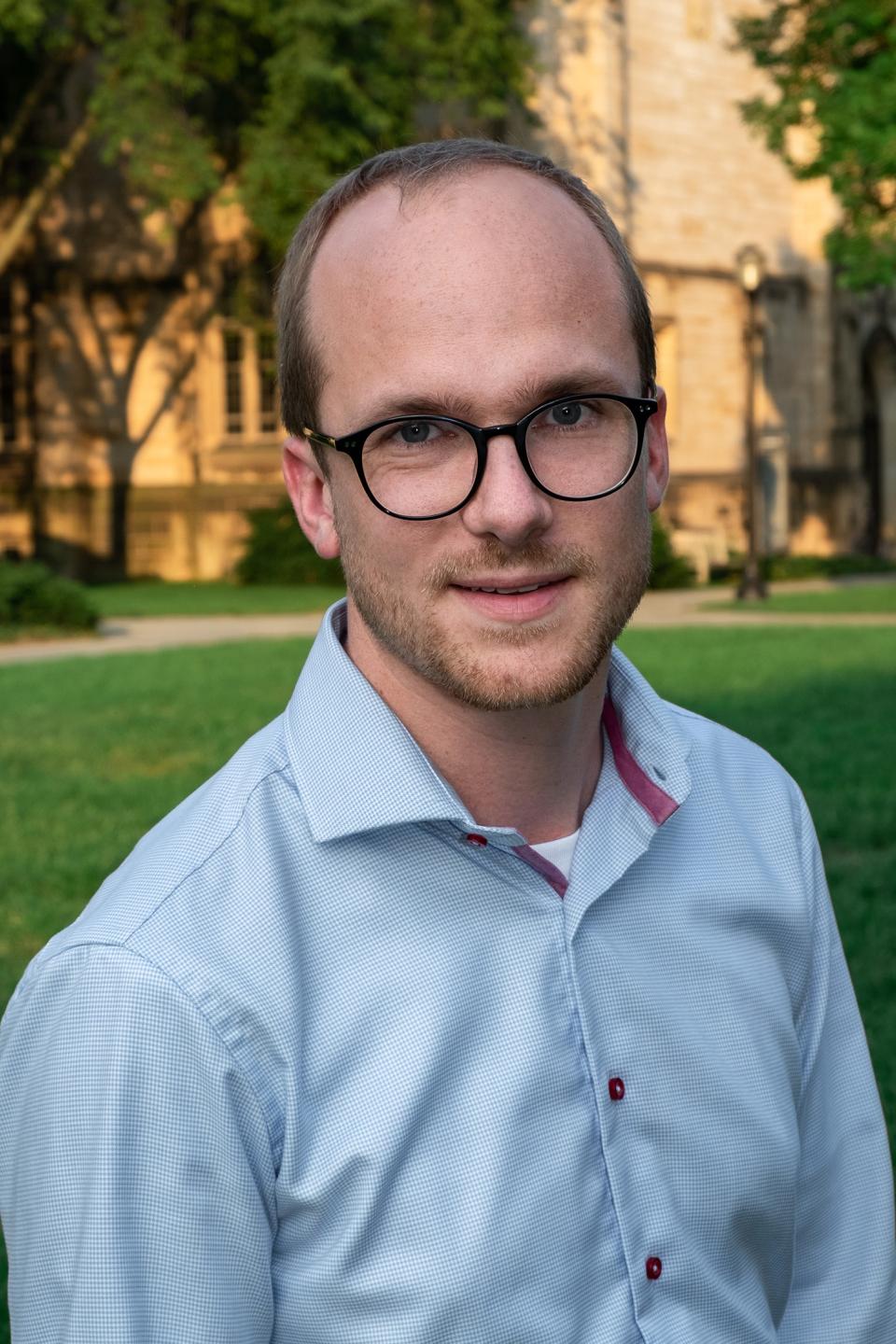Cardiovascular System Dynamics
With clinical questions regarding (congenital) heart diseases in mind, research in the CardioVascular Systems Dynamics Research Group (CVSDRG) is performed in close collaboration with the Dept. of Physiology. Research focuses on the following subjects: asynchronous electrical activation, aortic stenosis, vascular and myocardial structure-function relation, myocardial adaptation, and computer model assisted diagnosis and treatment of pulmonary hypertension and congenital heart diseases. Besides standard expertise, the CMRG uses the following techniques / models in which it has expertise of extraordinary quality according to international standards:
- A numerical lumped parameter computer model of cardiovascular dynamics (CircAdapt), assembled from a few types of different modules. Hemodynamics and geometry of cavities, walls and blood vessels are obtained by the model itself, using adaptation rules on control of growth and structure in response to mechanical load of the constituting tissues. Using this model we can: a) derive information that otherwise can be obtained invasively only, e.g. pulmonary artery pressure; b) evaluate the effect of (induced) electrical asynchrony in the normal heart as well as in pathological conditions like Pulmonary Hypertension; c) evaluate the effectiveness of proposed surgical and drug treatment on forehand, so that best decisions can be made.
- The CirAdapt model has been extended with submodels describing electromechanics on cellular, fiber, and organ level. This multiscale model is used to investigate whether mechanoelectrical feedback (MEF), using local external work as a trigger mechanism to regulate L-type calcium current, can explain a) the relatively small differences in systolic shortening and mechanical work of the left ventricle during sinus rhythm (SR), b) the small dispersion in repolarization time, c) the concordant T-wave during SR and d) T-wave memory.
- A Finite Element Model of the heart with left and right ventricle, simulating local stress and strain as a function of time. The model incorporates: a) conduction of electrical depolarization wave, b) myocardial anisotropy related to local myofiber orientation, c) loading of the ventricles by hemodynamic load, and d) adaptation of wall anatomy to local mechanical load. The model is extremely suited to evaluate influences of asynchronous electrical activation and different patterns of cardiac fiber orientation on local and global myocardial deformation.
- Tissue Doppler imaging and Magnetic Resonance Imaging techniques to calculate global deformation and local displacements and strains within the heart as a function of time. Using these methods we focus on the detection of a) subendocardial dysfunction in aortic stenosis,; b) the effect of asynchronous electrical activation; and c) the atrial fibrillation cycle length.
As a spinn-off, we also develop an educational application of the CircAdapt model of heart and circulation that has been developed as a scientific research tool. To transfer this model to a user-friendly educational tool, an approach is chosen allowing stepwise definition of educational cases (e.g., exercise, hypovolemic shock, and cardiogenic shock) in teacher mode. In student mode, interactive simulation is possible by changing model parameters defined in teacher mode. Our approach is not only suitable for cardiology, but can also be used in other disciplines in medicine. By consistent use of the same graphical user interface throughout the curriculum, it is expected that students familiarize themselves with computer simulations.
Principal Investigator
T. Delhaas
Biomedische Technologie
Academic Staff
Assistant professor
K.D. Reesink
Biomedische Technologie
B. Spronck
Biomedische Technologie